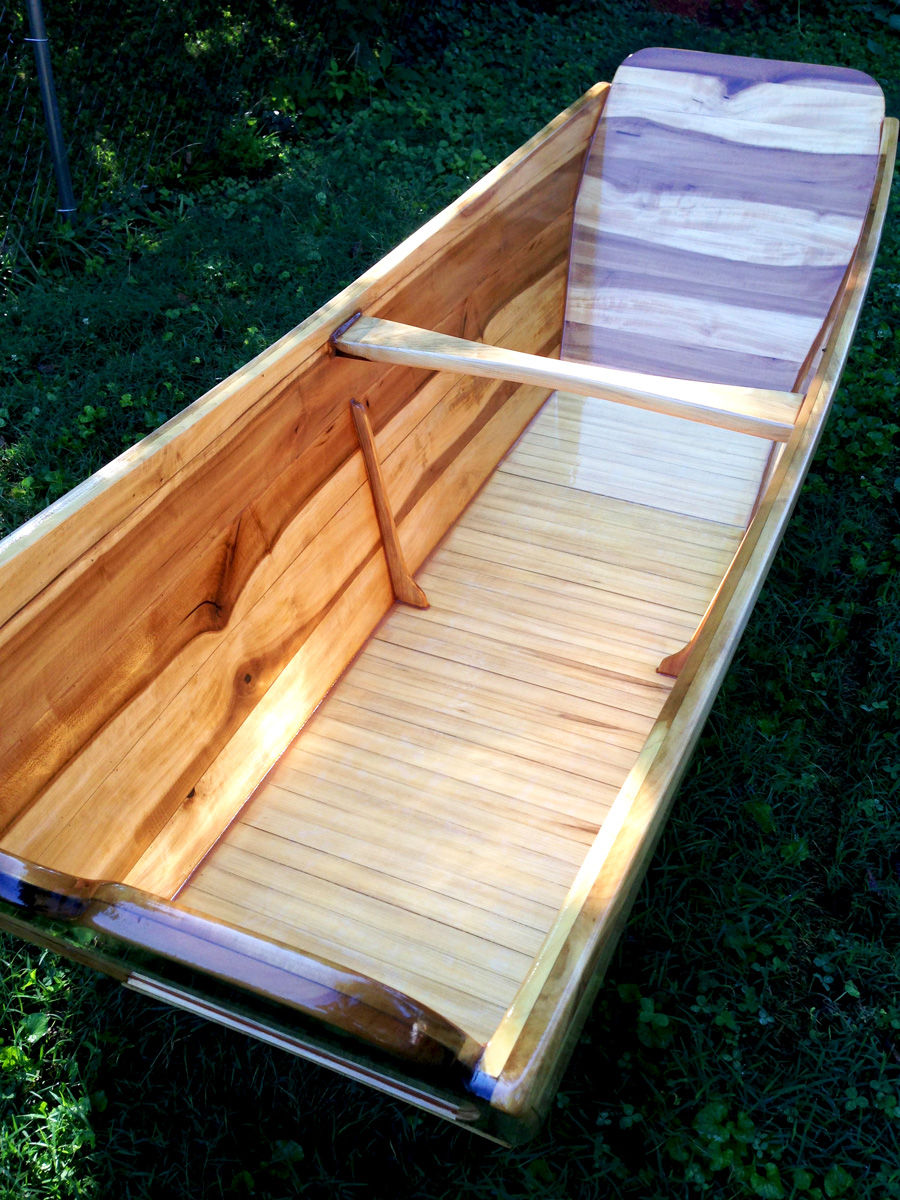Tree Tuesday: Tulip Poplar
- HenrichsenWood

- Oct 1, 2019
- 2 min read
First things first on this very first Tree Tuesday - the Tulip Poplar is not actually in the Poplar family of trees. It is in the Magnolia family and is a native to most of the eastern US.

You may know this tree by other names such as Yellow Poplar, Tulip Magnolia, or Tulip Tree. But a Tulip Poplar by any other name would be just as tall. One of its most distinctive features is that it wants to be the tallest tree around. In a thick wood, it will reach for the sky with a smaller diameter trunk and can reach heights of nearly 200 feet. On its own, it will have a much larger trunk and its canopy will spread out a bit more than its forested siblings.

The Tulip Poplar is a fast growing "soft" hardwood, and tends to live longer than other fast growing trees. It can be used in a wide range of building options including siding, furniture, flooring and veneers. In addition, the bark has medicinal qualities that help with rheumatism and arthritis and an effective cough syrup can be created by boiling down a tea from the bark.
These trees do well planed quite far away from homes and buildings given their inclination to grow very large and their dirty habit of dropping branches during storms. They produce a pretty tulip-shaped, light greenish yellow flowers from April to June...but since they are so dang tall the flowers are very hard to see & enjoy. But! The bees do enjoy the nectar from the flowers, so at least someone is enjoying them.

This tree is great for milling because it usually grows tall and straight and often the heart wood has a beautiful chocolate center that contrasts perfectly with the light cream of the rest. We have used this wood to build a chicken coop, framing for an addition as well as a glorious bathtub.

So there you are! Tulip Poplars are a great addition to your land if you plant it in the proper location (aka nowhere near your home).




Comments